Results 10,131 to 10,140 of 12095
Thread: Anandtech News
-
12-11-19, 02:03 PM #10131
Anandtech: Intel: Lakefield Today, Lakefield Refresh by Holiday 2020. Possible 5G on
At the IEEE International Electron Devices Meeting (IEDM) 2019, Intel had two package integration presentations, one on its Omni-Directional Interconnect and one on its 3D stacking Foveros technology. In the first talk, one of Intel’s engineers presenting at the conference said a rather curious thing that hasn’t been previously disclosed.
More...
-
12-11-19, 05:34 PM #10132
Anandtech: Intel Hires Fab Veteran, Former GlobalFoundries CTO Dr. Gary Patton
Intel has hired Dr. Gary Patton, the former CTO at GlobalFoundries and an ex-head of IBM Microelectronics business. Dr Patton was leading Global Foundries leading edge processes before that project was cancelled. At Intel, Dr. Patton will be responsible for design enablement, a crucial connection between process technology, yields, performance, and time-to-market of actual products.
Gary Patton most recently served as the CTO of GlobalFoundries, where he was responsible for R&D and strategic decisions associated with upcoming process technologies. He joined GlobalFoundries from IBM Microelectronics in 2015, when GF took over IBM's fabrication technologies. At IBM, he had the same role and was responsible for research and development of new semiconductor process technologies.
GlobalFoundries, as a function of spending its 14/12nm profits into its 7nm development and one of its major shareholders wanting to recoup investment in the company, last year decided to cease development of leading-edge fabrication technologies. The company ended up focusing on its profitable 14/12nm processes and working on specialized manufacturing processes, such as 22FDX and 12FDX, to avoid direct competition from TSMC and Samsung Foundry. The new focus of the company to a large degree changed the role of the CTO and other executives, and over time we have seen an exodus of personnel who have traditionally been on the leading edge.
A Future at Intel: Helping Fix The Process Flow
At Intel, Gary Patton will serve as corporate vice president and general manager of design enablement reporting to Mike Mayberry, CTO of Intel. As the head of design enablement, Dr. Patton will be responsible for creation of an ecosystem that supports implementation of products using a particular process technology. Among other things, he will lead development of process design kits (PDKs), IP, and tools. The right combination of PDK, IP, tools, and other enablers ensure that the final product meets cost, performance and time-to-market requirements.
Gary Patton will be another high-ranking executive at Intel that comes from outside of the company. In the recent years Intel hired Jim Keller to develop CPU microarchitectures and Raja Koduri to lead development of discrete GPUs for PCs, datacenters, and other applications. No only this, but Dr. Murthy Renduchintala moved from Qualcomm to Intel as its chief engineering officer in recent years.
At this time Intel has not formally made a statement as to their new hire. Dr. Patton's pages at GlobalFoundries have been removed.
We interviewed Dr. Patton at GlobalFoundries when we visited the Malta fab in 2018. You can read that interview here:
Related Reading- GlobalFoundries Stops All 7nm Development: Opts To Focus on Specialized Processes
- GlobalFoundries and Chinese Authorities Reconsider Plans
- GlobalFoundries Mulls IPO Plans for 2022
- Marvell to Acquire Avera Semiconductor from GlobalFoundries
- GlobalFoundries to Sell 300mm New York Fab to ON Semiconductor
- GlobalFoundries to Sell 200-mm Fab 3E to Vanguard, Exits MEMS Business
Sources: Reuters
More...
-
12-11-19, 05:34 PM #10133
Anandtech: EUV Wafers Processed and TwinScan Machine Uptime: A Quick Look
One of the interesting elements that came out of some of our discussions at the IEDM conference this year revolve around the present deployment of EUV. Currently only one company makes EUV tools, ASML, and the deployment of these to the various foundries that are on the leading edge has been a topic of some discussion here at the event, especially as we start talking about 7nm, 5nm, 3nm, and new generations of tools.
More...
-
12-11-19, 08:38 PM #10134
Anandtech: Early TSMC 5nm Test Chip Yields 80%, HVM Coming in H1 2020
Today at the IEEE IEDM Conference, TSMC is presenting a paper giving an overview of the initial results it has achieved on its 5nm process. This process is going to be the next step for any customer currently on the N7 or N7P processes as it shares a number design rules between the two. The new N5 process is set to offer a full node increase over the 7nm variants, and uses EUV technology extensively over 10+ layers, reducing the total steps in production over 7nm. The new 5nm process also implements TSMC’s next generation of FinFET technology.
More...
-
12-12-19, 08:12 AM #10135
Anandtech: The AMD Radeon RX 5500 XT Review, Feat. Sapphire Pulse: Navi For 1080p
Launching today are AMD’s Radeon RX 5500 XT cards. These cards are aimed at the sub-$200 market for 1080p gaming, effectively (and finally) replacing AMD’s long-lived Radeon RX 580 and RX 570 cards, and going head-to-head with NVIDIA GeForce GTX 1650 and GTX 1660 families. As is typical for AMD in this price range, the company is actually launching two different configurations of the RX 5500 XT: we’re getting both 8GB cards, as well as 4GB cards as a budget option. Both cards are clocked the same, but as we’re entering 2020, the ramifications of 4GB of VRAM versus 8GB are great enough that it creates some real differences between the cards. The 8GB RX 5500 XT will be taking up the all-important $199 slot, while the 4GB RX 5500 XT will hit the shelves starting at $169.
More...
-
12-12-19, 08:12 AM #10136
Anandtech: LG’s Lightweight Gram 17-Inch Laptop Gets Intel’s Ice Lake CPU
Thin-and-light notebooks with a 17-inch display are rather rare, as most 17-inch laptops are intended to be high performance desktop replacement-class machines. LG’s gram 17 has been a stand-out in that respect, targeting users seeking primarily for a sleek and lightweight PC. This week LG has introduced an updated gram 17 that retains its thin-and-light form-factor, but improves on its predecessor in almost every way possible when it comes to performance.
The new LG gram 17 comes in the company’s signature white or grey chassis made of carbon magnesium alloy that is only 17.4 mm thick. The laptop weighs 1.35 kilograms (2.98 pounds), which is in-line with the weight of a typical 13-incher, yet packs a 17.3-inch IPS display with a 2560×1600 resolution.
Inside the updated LG gram 17 notebook is Intel’s 10th Generation Core processor (Ice Lake) with up to Iris Plus Graphics. This is paired with up to 24 GB of DDR4-3200 memory as well as up to two M.2 NVMe SSDs. To cool down the high-end CPU, the manufacturer equipped its system with its Mega Cooling System, though we do not know peculiarities. By using a processor with a beefy integrated GPU and installing up to 24 GB of memory along with up to two PCIe SSDs, LG clearly makes its 2020 gram 17 a lot more powerful than its Core i7-8565U based predecessor.
As far as connectivity is concerned, the 2020 LG gram 17 is equipped with Wi-Fi 6 and Bluetooth 5 for wireless comms. In addition, it has a Thunderbolt 3 port, three USB 3.1 ports, an HDMI output, a microSD/UFS slot, and a 3.5-mm audio jack for headsets. When it comes to multimedia features, the notebook has a webcam, DTX X Ultra-badged speakers, and a microphone array. Last but not least, the laptop has a fingerprint reader.
LG’s new gram 17 laptop comes with a rather massive 80-Wh battery and while the manufacturer does not publish specific battery life figures, paired with an Ice Lake-U chip it should be enough for at least a day.
LG will start sales of its next-generation gram 17 notebook sometimes in early 2020. Expect to see the company reveal more about the laptop at CES.Specifications of the 2020 LG gram 17 17Z90N
different products will offer different configsLCD Diagonal 17.3" Resolution | Brightness | Features 2560×1600, IPS
Wide viewing anglesColor Gamut 96% sRGB Touch Support ? Protective Glass ? CPU 10th Generation Intel Core Graphics UHD Graphics or Iris Plus Graphics RAM up to 24 GB DDR4-3200 (onboard + SO-DIMM) Storage two M.2 NVMe SSDs Wireless: Wi-Fi, Bluetooth, LTE, NFC, and GPS options Wi-Fi 6 + Bluetooth USB Type-A 3 × USB 3.1 Type-C 1 × USB 3.1 Gen 1 (via TB3)Thunderbolt 1 × ThunderboltCard Reader microSD/UFS Camera Front Webcam Fingerprint Sensor Yes Other I/O Microphone, stereo speakers, TRRS audio jack Other Sensors ? Battery 80 Wh Dimensions Width 380.6 mm | 14.98 inches Depth 262.6 mm | 10.34 inches Thickness 17.4 mm | 0.69 inches Weight 1.35 kilograms | 2.98 pounds Launch Price ?
Related Reading:
- Best Gaming Laptops: Holiday 2019
- LG Releases Gram 17 Laptop: An Ultra-Thin Notebook with a 17.3-Inch Display
- LG Gram 2018 Laptops Unveiled: Quad-Core i5/i7, TB3, ~2.2 Lbs, 22 Hrs
- Razer Unveils New Blade Stealth 13: Quad-Core Whiskey Lake, dGPU, 4K UHD
- ASUS Unveils Ultra-Thin ZenBook Pro 15 with Six-Core Core i9, GTX 1050, Calibrated 4K LCD
Source: LG
More...
-
12-12-19, 09:51 AM #10137
Anandtech: Logitech Releases 4K Pro Magnetic Webcam for Apple Pro Display XDR
This week Apple launched its all-new Pro Display XDR monitor that happens to be one of the most advanced LCDs around, but one thing it lacks is a built-in webcam. When Apple releases its all-new products, in many cases it creates opportunities for other companies to capitalize on its devices. To enable owners of the $4,999 display to communicate stylishly, Logitech introduced its 4K Pro Magnetic Webcam, specifically designed for the Pro Display XDR.
On the hardware side of things, the 4K Pro Magnetic Webcam is based on the Logitech 4K sensor featuring the RightLight 3 with HDR backlighting technology. The webcam supports autofocus, 5X digital zoom, and has two omni-directional microphones with noise cancellation options.
The unit can capture video at up to 4096×2160 resolution at 30 fps or 1920x1080 at 60 fps. From internal hardware point of view, the 4K Pro Magnetic Webcam basically uses the same set of technologies as the BRIO 4K Pro launched two years ago. Meanwhile, since Apple’s macOS does not support facial recognition, the new webcam does not have infrared sensors for Windows Hello.
The key features of the webcam for the Pro Display XDR are its stylish design and mounting mechanism. As the name suggests, the Logitech 4K Pro Magnetic Webcam attaches to the top of the Apple Pro Display XDR using a magnet. The mount secures the webcam to the top of the monitor so steady that it can be adjusted up or down effortlessly. Furthermore, it can hold it even when the display is operated in a portait mode. Meanwhile, the device connects to the host using a USB-C to USB-C cable.
Speaking of the host system, the 4K Pro Magnetic Webcam is only compatible with Apple’s macOS and can work with MacBooks released in 2018 or later as well as iMac and Mac Pro launched in 2019 or later. As for software, it can work with Facetime, Skype, and Zoom.
Logitech has started taking pre-orders on its 4K Pro Magnetic Webcam for Pro Display XDR monitor and aims to ship it in January. The unit costs the same amount of money as the BRIO 4K Pro: $199.99, when bought directly from the manufacturer.
Related Reading:
- Logitech Launches the BRIO 4K Pro: Its First 4K UHD Webcam with HDR
- Logitech Unveils Slim Folio Pro Keyboard for 3rd Gen iPad Pro
- Logitech Announces The CRAFT Keyboard With Creative Dial Integration
- Apple’s 2019 Mac Pro Tower Now Available: From $5,999 to $53,000
- Apple’s 2019 Mac Pro and Pro Display XDR Will Be Available in December
Source: Logitech
More...
-
12-12-19, 02:11 PM #10138
Anandtech: Samsung to Use SiFive RISC-V Cores for SoCs, Automotive, 5G Applications
At the annual RISC-V Summit this week, Samsung disclosed the use SiFive’s RISC-V cores for upcoming chips for a variety of applications. The company is joining a growing list of leading high-tech companies that have adopted the RISC-V architecture.
One of the applications that Samsung is using RISC-V cores in is mmWave RF processing by its upcoming 5G RF front-end modules. The latter will be used for Samsung’s flagship 5G smartphones due in 2020. The RISC-V cores will also be used for AI image sensors, security management, AI computing & control.
It is noteworthy that Samsung taped out its first chip with a RISC-V core(s) as early as in 2017, so it started to work on it even earlier. In three years, Samsung has iterated on its designs and is now planning to adopt RISC-V cores for commercial applications, starting from mmWave RF processing in mobiles and expanding beyond them.
Besides the announcement of the RISC-V core integration, it's also Samsung's first instance of them talking about their mmWave modules in public. Unlike Qualcomm, Samsung tends to remain quiet about their developments until it's nearing commercialisation, and even then in a lot of cases we don't know too much about their designs. Nevertheless, it looks like the company has had mmWave designs for some time.
Samsung will be the fourth major company that has publicly disclosed its plans to adopt the open-source RISC-V architecture after Western Digital, NVIDIA, and Qualcomm. Western Digital intends to use the technology for a variety of applications, including SSD and HDD controllers. NVIDIA reportedly plans to use it for GPU memory controllers, whereas Qualcomm is set to use RISC-V for mobile SoCs.
All of the said companies have historically used processing cores based on architectures developed by Arm, and will likely continue to use them in the foreseeable future alongside RISC-V implementations. The advantage of RISC-V and the rationale for the vendors like Samsung choosing SiFive designs over Arm designs might be financial, as the former is likely undercutting its big competitor in price. For vendors doing their own microarchitecture designs, such as WD, RISC-V comes with no royalties attached, and offered more flexibility for vendors in terms of implementation. Arm only recently changed course in allowing vendor to implement their own custom instructions to the Cortex designs and architecture. Custom instructions developed by SoC vendors might be a huge benefit for efficient handling of ECC and RF processing among other things.
Related Reading:
- SiFive Announces First RISC-V OoO CPU Core: The U8-Series Processor IP
- Western Digital’s RISC-V "SweRV" Core Design Released For Free
- Western Digital Reveals SweRV RISC-V Core, Cache Coherency over Ethernet Initiative
- Western Digital to Use RISC-V for Controllers, Processors, Purpose-Built Platforms
Sources: The Register, Chris Williams/Twitter
More...
-
12-12-19, 07:42 PM #10139
Anandtech: Sales of Samsung Galaxy Fold Top 1 Million Units
While Samsung may have suffered a rather unforgettable snafu with their first attempt to launch their Galaxy Fold smartphone, following its re-launch a few months back, it looks like shipments of the cutting edge folding phone have turned out to be rather decent. Speaking at TechCrunch Disrupt Berlin, Young Sohn, the president and chief strategy officer of Samsung Electronics, stated that the company has sold about a million of the Galaxy Fold smartphones since its launch in September, a good start for the ultra-expensive phone.
Samsung formally introduced its Galaxy Fold at MWC 2019 in January and planned to start its sales in April. However, after it was discovered that its hinge needed reinforcements and the top protective layer of the Infinity Flex Display had to be redesigned, the company had to delay the device. In the end, the firm finished with refinements by late July and started shipments in late September after all re-qualifications had been made.
Samsung did not comment on how this delay affected the demand for its flagship smartphone. However, since the Galaxy Fold is the only foldable smartphone currently available outside of China, for the moment at least Samsung's $2000 foldable phone has the western market to itself.
Here is what Mr. Sohn said:
“And I think that the point is, we are selling [a] million of these products. There is a million people that want to use this product at $2,000.”Related Reading:
- Samsung’s Galaxy Fold Hits the US on September 27th
- Samsung Unveils Galaxy Fold Availability, Sort Of
- Samsung Resolves Galaxy Fold Issues: New Launch In September
- Samsung Delays Launch of Galaxy Fold Smartphone
- Samsung: Galaxy Fold Is Tested to Fold/Unfold 200,000 Times
Source: TechCrunch
More...
-
12-12-19, 07:42 PM #10140
Anandtech: Western Digital: Expect More Energy-Assisted Tech For 24 TB & Beyond
Western Digital has been promoting its microwave assisted magnetic recording (MAMR) technology for over a couple of years now, yet surprisingly, its upcoming 18 TB and 20 TB drives are not really using the tech. The reason for this lies in the company's decision to use what they consider to be the right technology at the right time. To that end, Western Digital not only plans to use MAMR in the future, but is open to use heat assisted magnetic recording (HAMR) technology when time comes.
Energy assisted magnetic recording (EAMR) technologies will enable future nearline hard drives with extreme capacity and areal density, there are no doubts in the industry about that. But HDD manufacturers have different opinions about when to introduce these technologies. Seagate believes that heating the platters using laser (HAMR) is the way to go now, whereas Western Digital is confident that using microwaves to change their coercivity (MAMR) better for the foreseeable future. And both agree, at least, that in the long run HAMR will enable a higher areal density.
Having invested an ample amount of R&D money into various EAMR technologies, Western Digital discovered that transition to HAMR is a hard one as it requires the introduction of new heads as well as use all-new platters, whereas MAMR needs new heads and slightly different platters. While working on MAMR, Western Digital found that it was possible to only partially implement the technology and still get the desired result – an increase in areal density. In fact, the company’s Ultrastar HC550 HDDs (and 20 TB drives) will be the first products to use this type of EAMR technology that is currently called energy-enhanced PMR (EPMR).
According to Western Digital, EPMR is particularly easy to incorporate into hard drives, especially considering the fact that it does not use a spin-torque oscillator, which is a key element of Western Digital's MAMR technology.
And while EPMR has changed Western Digital's roadmap slightly, at the end of the day the company says it hasn't changed the development philosophy: the various magnetic recording technologies that they're researching will be used once they are needed to hit certain capacities. For the moment, then, the company has indicated that they're looking at their options for 24 TB and 30 TB drives, and what they'll need to do to make those capacities practical.
Here is what Siva Sivaram, president of technology and strategy at Western Digital, said at the Wells Fargo Technology, Media and Telecommunications Summit earlier this month:
“The 18 TB product that is going out this December will use a variant of the MAMR technology. We are agnostic as to which technology we will have to succeed in the long term. We will introduce the right technology at the right point when it gets to 24 TB and 30 TB. We see a path to get to 50 TB in our hard drive roadmap. As we go to 50 TB, we will introduce the right technology at the point when it actually makes sense.”Related Reading:
- Western Digital Reveals 18 TB DC HC550 'EAMR' Hard Drive
- 16 TB MAMR Hard Drives in 2019: Western Digital
- 18 TB HDDs: Toshiba Collaborates with Showa Denko for MAMR HDDs
- Western Digital Launches Ultrastar DC HC530 14 TB PMR with TDMR HDD
- Western Digital 20 TB HDD: Crazy Capacity for Cold Storage
Source: Western Digital (via Blocks & Files)
More...
Thread Information
Users Browsing this Thread
There are currently 8 users browsing this thread. (0 members and 8 guests)




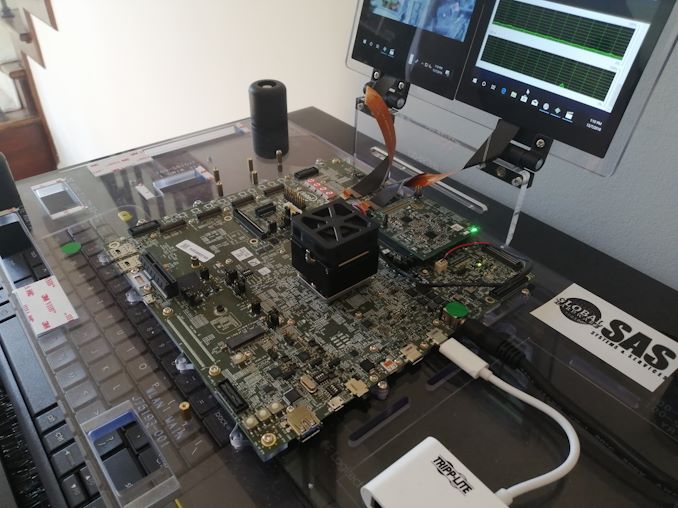

 Quote
Quote
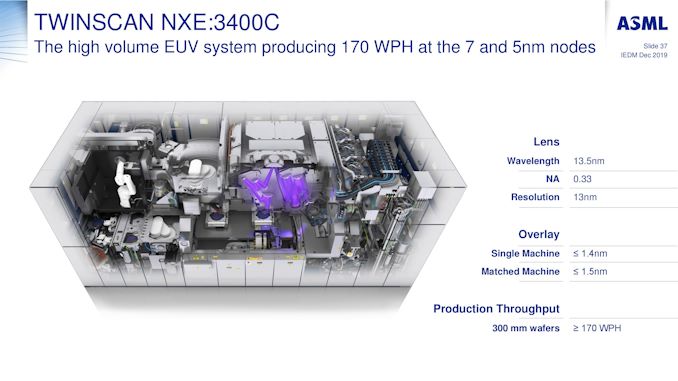
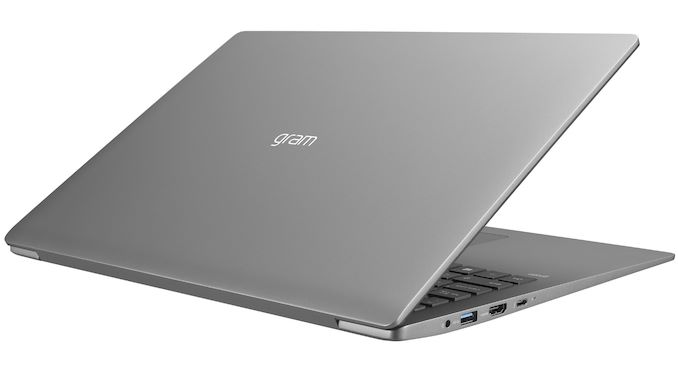

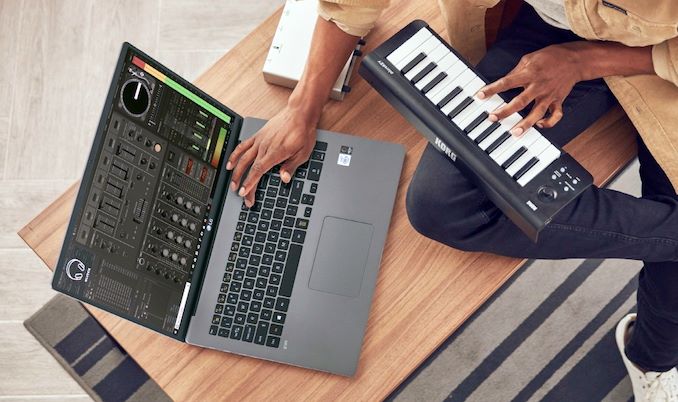

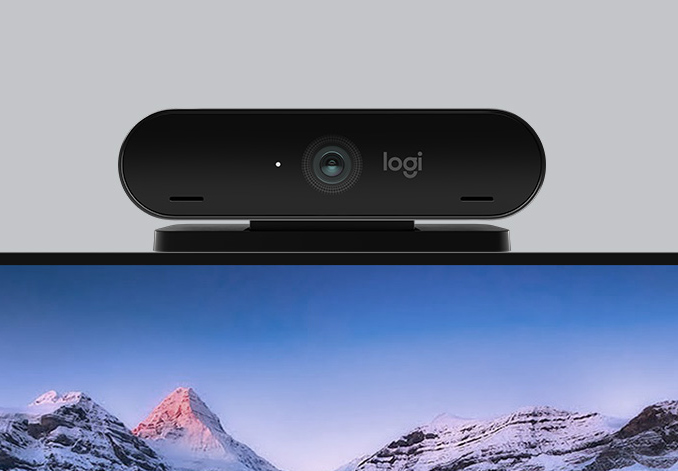


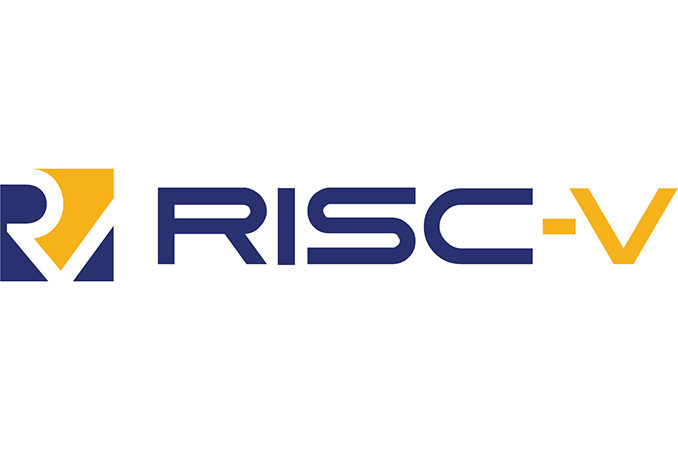
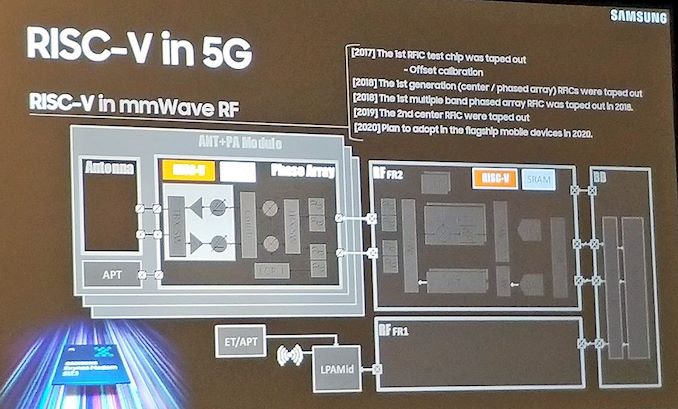
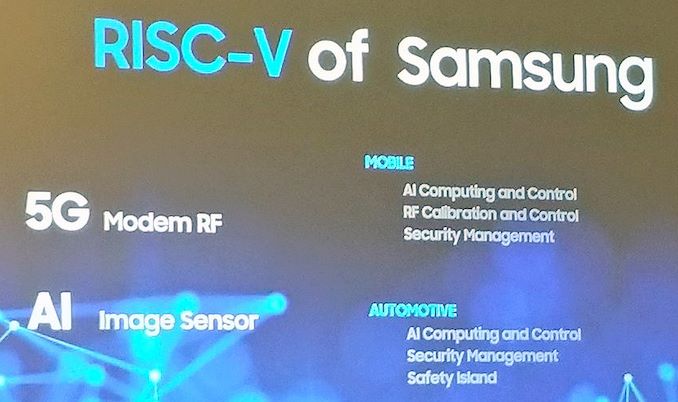
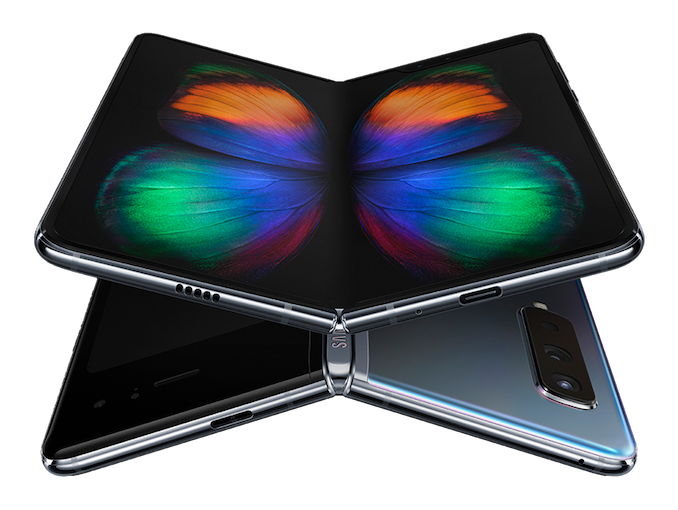

















Bookmarks